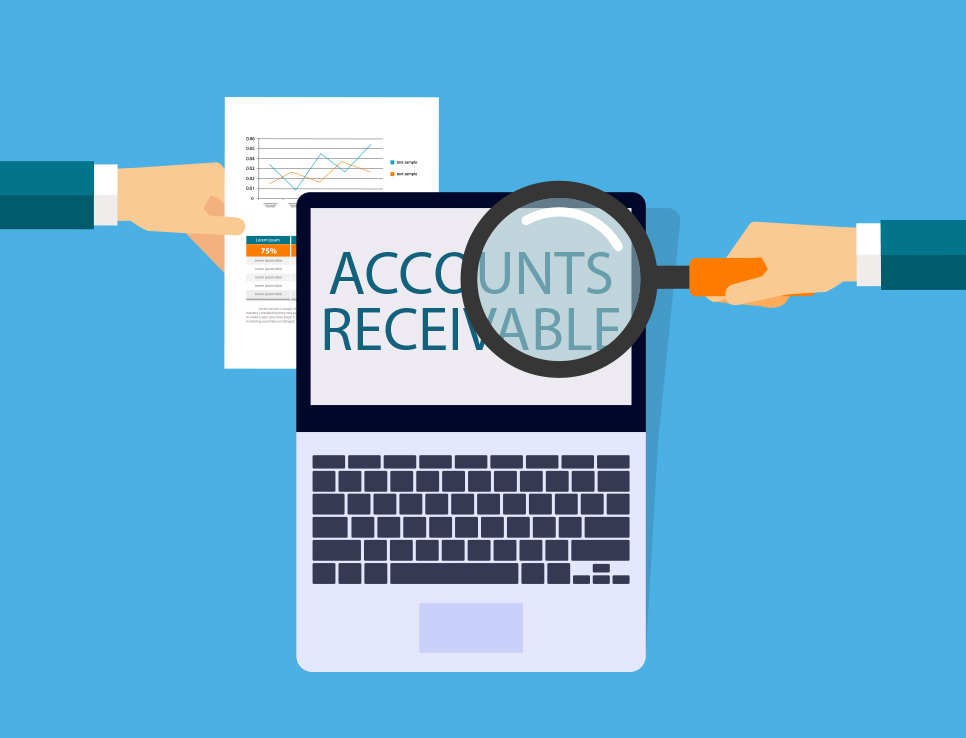
80% of startup businesses fail in the first 5 years and 50% of those fail because of cash flow issues. I hate to see so many failures because of cash flow when it’s something that can be prevented or mitigated. One major cash flow killer in a business is the slowdown of collecting accounts receivable. Here’s what you need to know:
- Sales per day is calculated by taking last year’s revenue and dividing it by 360 (twelve 30-day periods). For a $5 million business, sales/day is $13,888. So for this business, any fluctuation of 1 day faster or slower causes an increase or decrease in cash flow by that amount. 5 days of collecting receivables faster or slower has a $69,000 impact on cash flow. Also, if sales decline, this will result in a drop in cash coming into your business.
- A negative change in AR of $69,000 will eat into your cash balance if you don’t pay attention. More than likely, a slowdown in your receivables will cause a slowdown of your payables. There’s a trickle-down effect that you saw in the pandemic last year. Your receivables are your client’s payables. If their collections slowed down, then your payment from them slows down too. It also caused you to pay your payables slower.
- Even if you don’t need it, obtaining a line of credit from your bank for at least one month’s revenue is a good idea. That way, you have a source of cash to help until you collect your receivables. The best time to get a line of credit is when you don’t need it.
A business financial health check-up once a year is the best way to track changes in accounts receivable, either due to a decline in sales or a slowdown of collections. You can’t manage what you don’t measure. So, a once-a-year checkup is a good way to see how you’re doing against last year and if there any undetected changes or blind spots that you’re not seeing.






